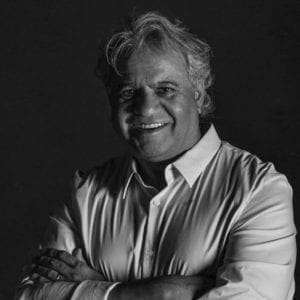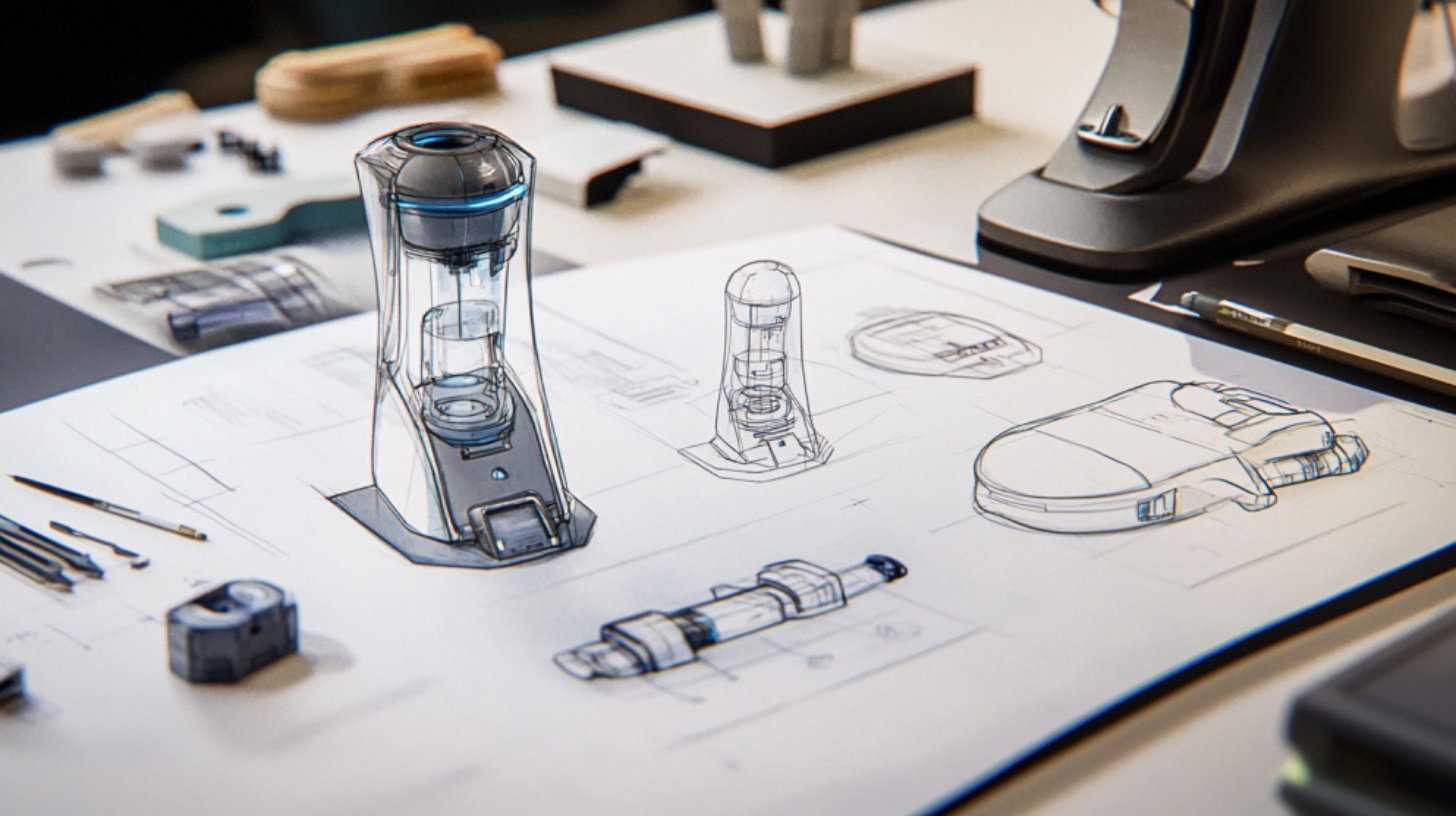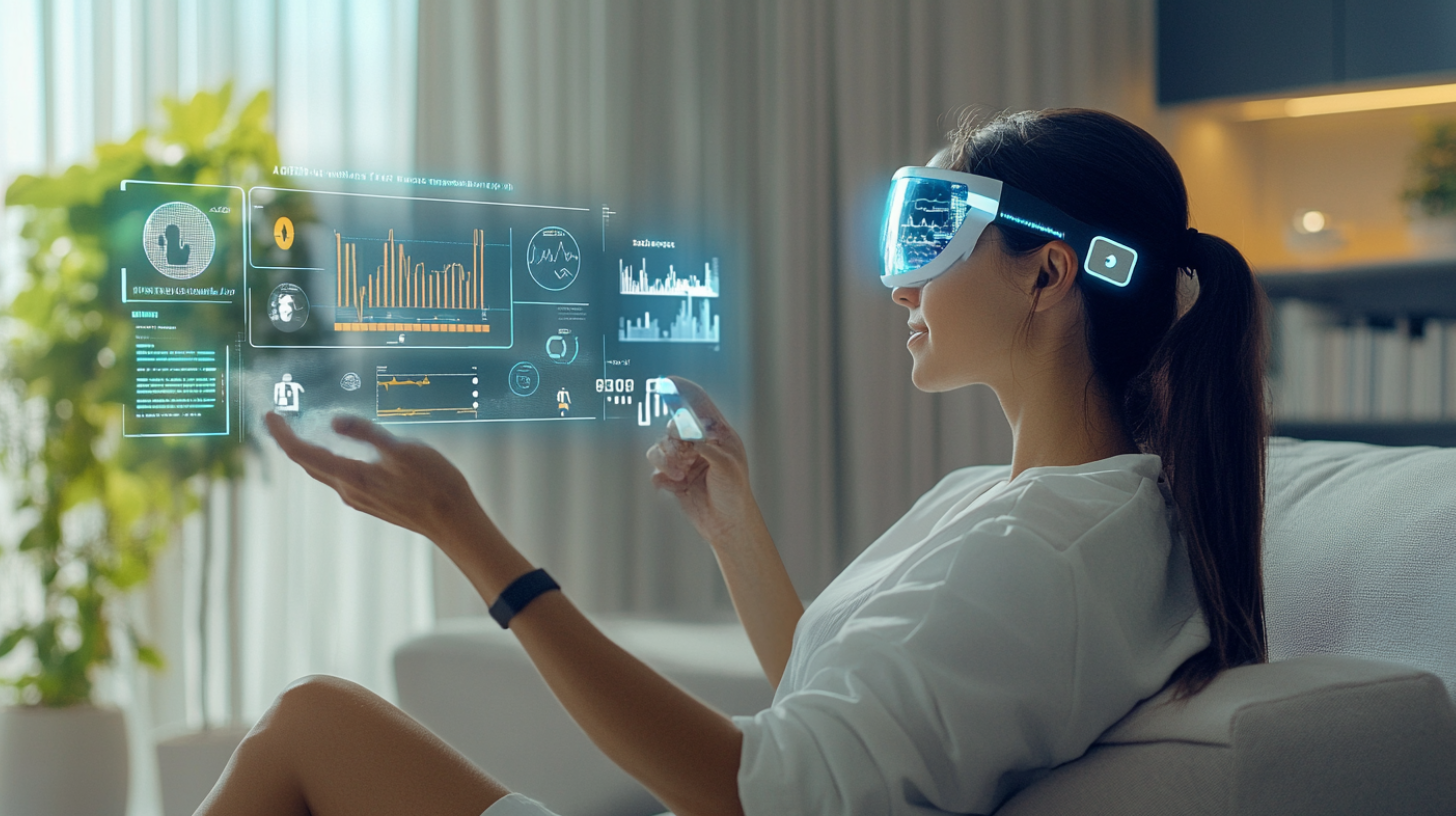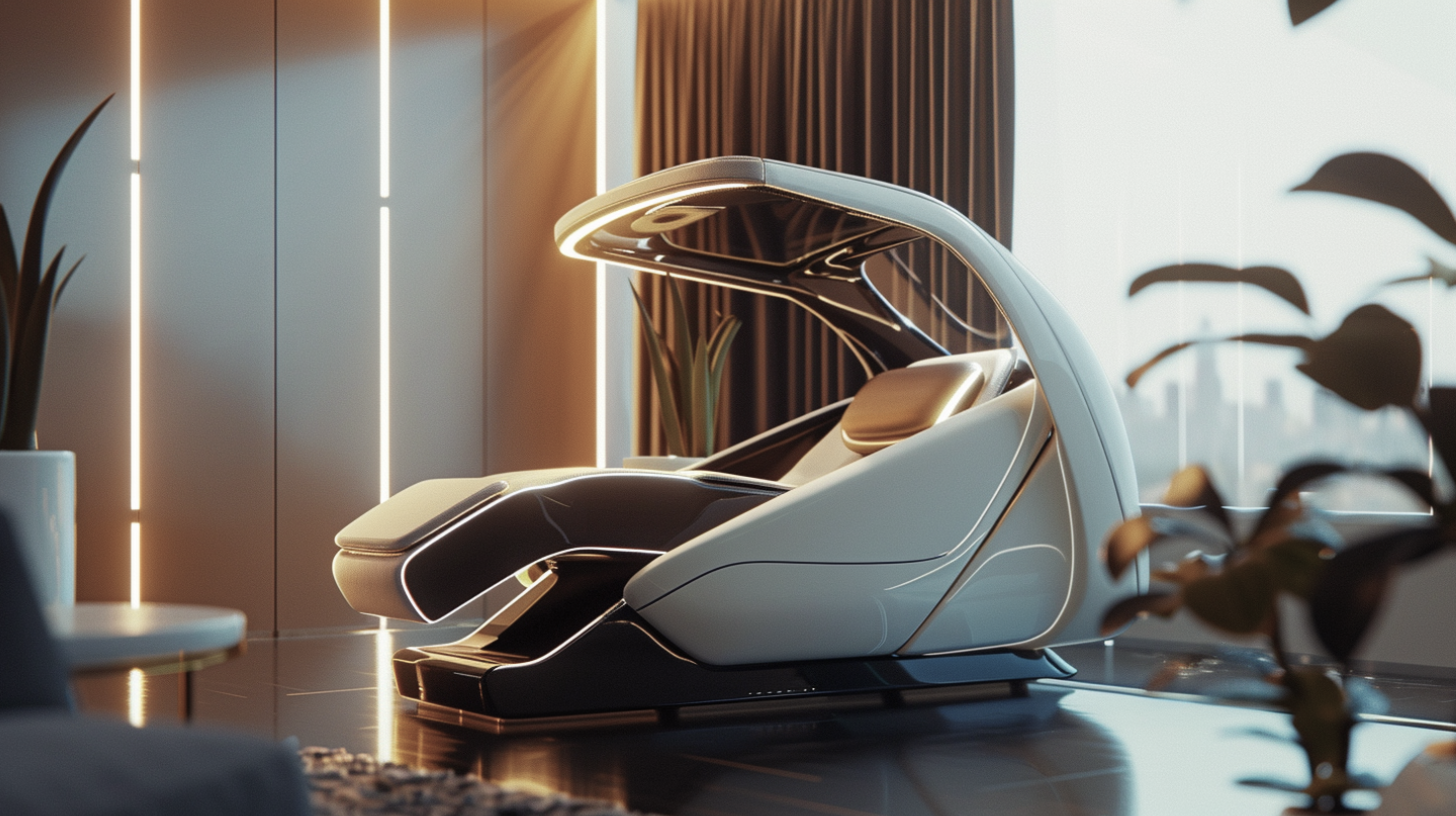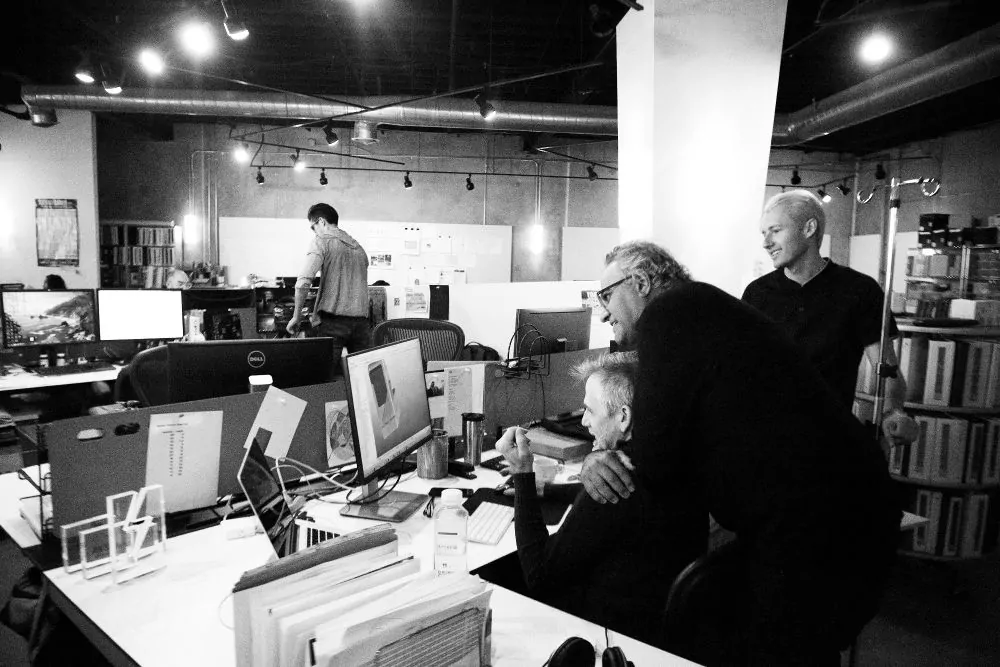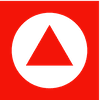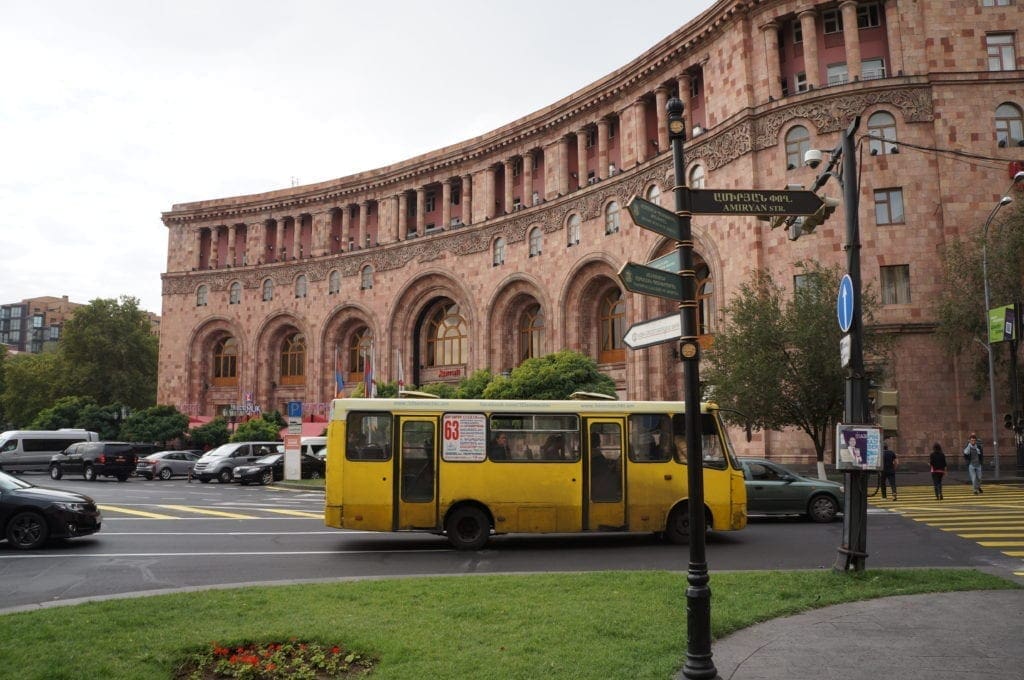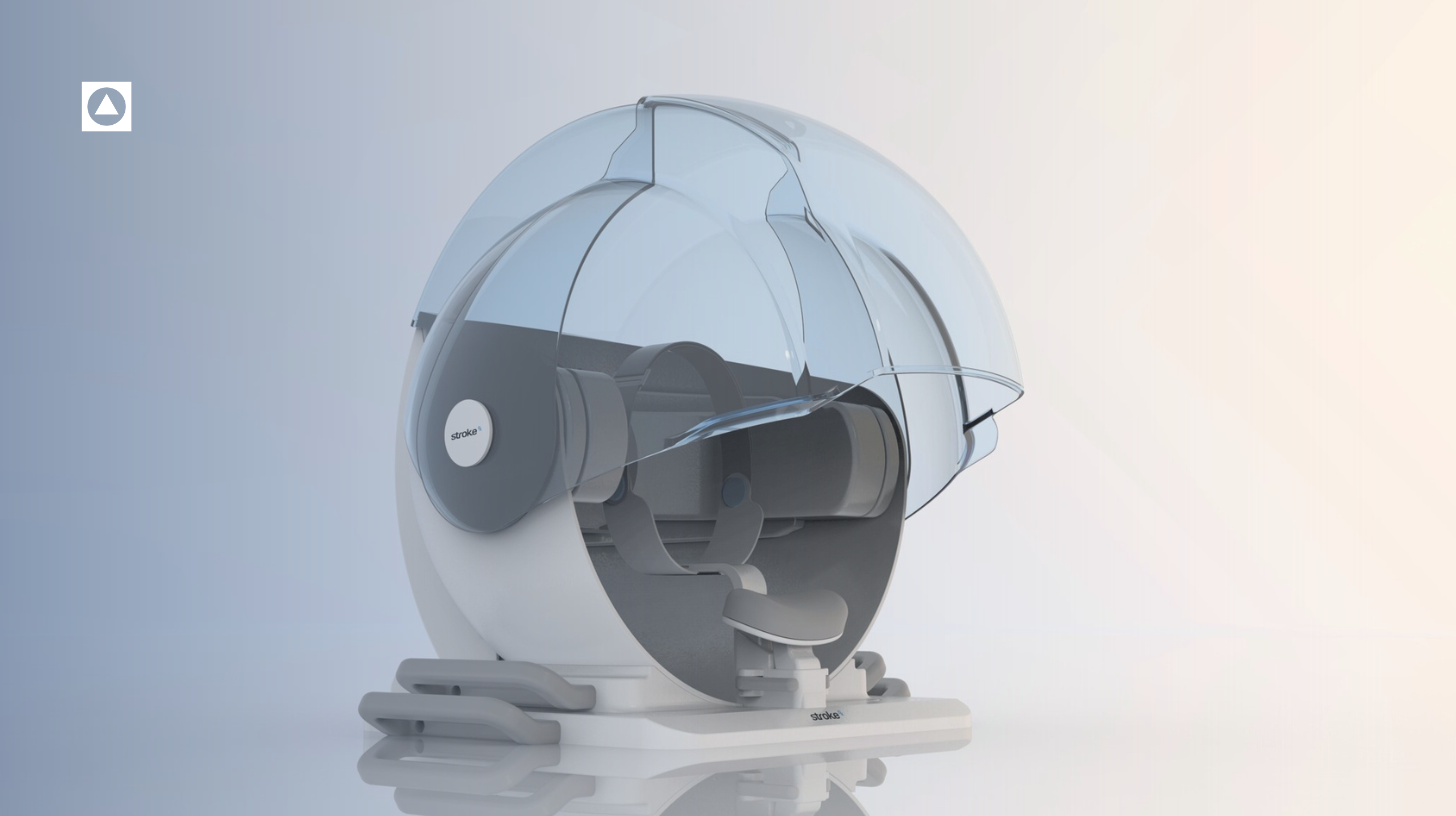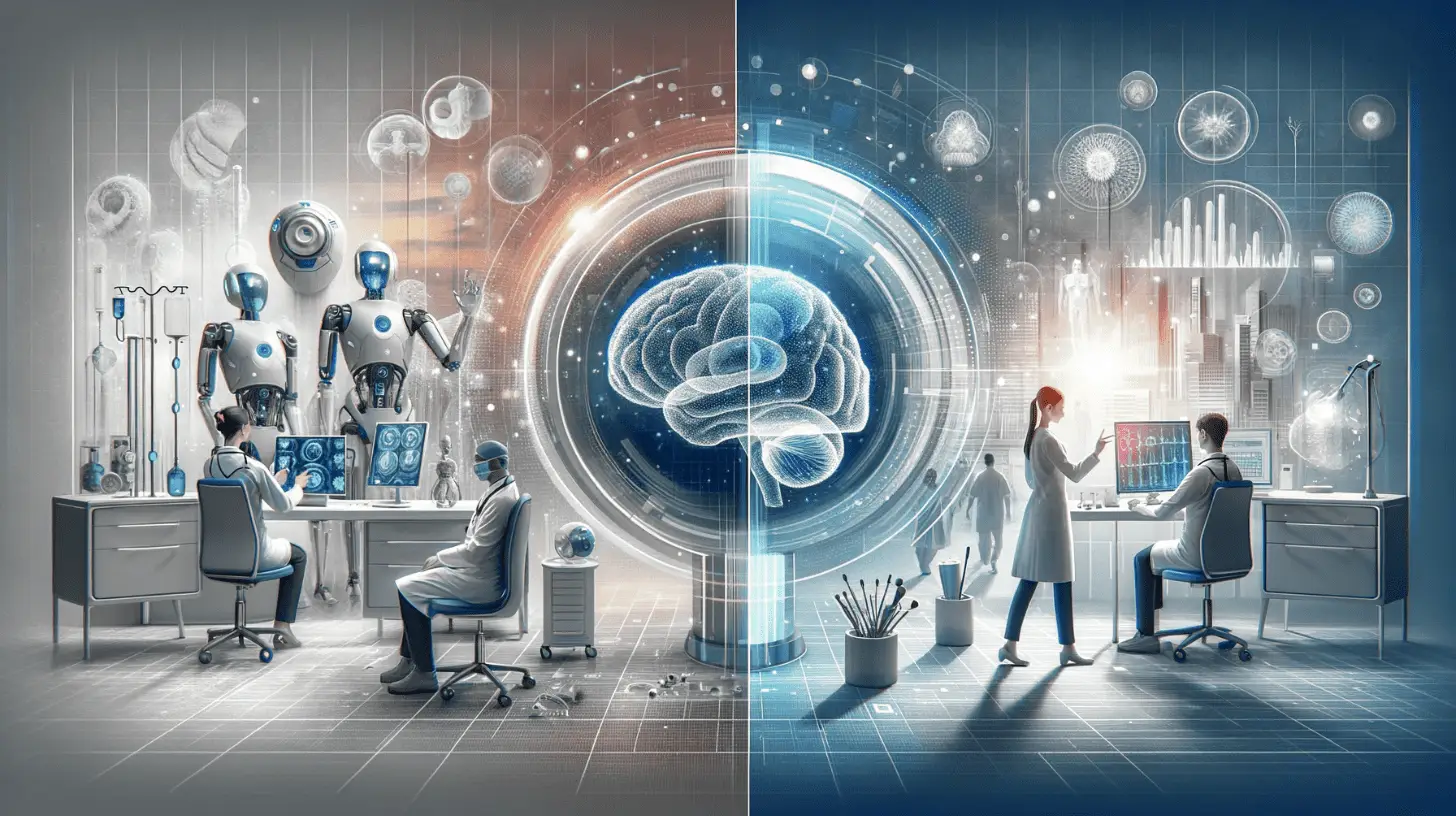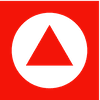[row]
[col span__sm=”12″]
Proof Of Concept Delivery As A Mechanical Engineer
In school as an undergrad studying mechanical engineering, I’ve always pictured traveling for work as primarily visiting factories in Asia and setting up assembly lines; more of a task, less of a trip. Typically an engineer goes to the factory every month or two to check parts and assemblies coming off the line to ensure they are functioning as designed. Typically, you would spend 10-12 hours at the factory, 2-3 hours in the hotel revisiting CAD and reporting to the team. Although it does not sound glamorous, this is essential to minimize rejections of parts. Our engineering team must also assist clients with these tasks to hand off our work to the contract manufacturers. However, this month I had anything but that experience in Yerevan, Armenia.
Our client came to us a few months ago with a very novel but broad concept for a consumer electronics device. After researching various products and brands in the space, we employed our PA process to locate a large opportunity zone in an industry that has been stagnant for decades. We then began exploring various technologies and configurations that could enable us to fulfill consumer needs, as well as keep manufacturing costs to a minimum. We discussed the various options with the client and applied for a handful of patents based on our concepts. For a product that uses new technology like this, we need to make a proof of concept to learn more about the system and mitigate as much risk as possible. On May 1st, I flew to Yerevan with three suitcases, two carried the prototype.
My first day in Yerevan, I re-assembled the never seen before prototype and demonstrated the functionality of the technology with the client. We left the final assessment for the final presentation scheduled on the fourth day. It’s always clear that seeing a prototype work in person quells more doubt that any video or testing update. Though a positive start, my work this trip wasn’t over yet.
The client team is very aware of their desired consumer experience and business strategy. They wisely brought on a subject matter expert who has experience with analogous products to help us understand how various characteristics and features might affect one another. His presence on site provides invaluable insights to various components which helped us achieve our desired functionality. While they were excited about the formal presentation we had planned the next two days to make any final tweaks. It was also clear that I needed to maximize the time I had in Armenia with the prototype to evolve and learn about the system with the expert as much as I could. We designed the prototype which runs on an Arduino microcontroller to be modular in order to make rapid improvements on the fly. During this time, we came up with another feature to patent and add to the prototype. Ecstatic with the improvements, we eagerly waited for the final presentation to the rest of the client team.
On the fourth day in Yerevan, our Director of Product Development, Mike Elam and I presented the testing results of the previous phase. We walked the clients through the process of how we arrived with the prototype they were about to try. Prototype delivery presentations are always tricky to navigate. They are always waiting on the edge of their seat to try the prototype for themselves. We always learn valuable information that first must be transmitted. Sometimes, to keep the client focused on the “not-so-fun” testing results, we cover up the prototype before the inevitable reveal. This prototype hasn’t been industrially designed yet and is what we call a breadboard proof-of-concept. In other words, it isn’t pretty yet and called the “Frankenstein” because we only focus on functionality at this point. We’ll save reveal trick for the “works-like looks-like” prototype.
Alas, we arrive at the fateful moment. We wrap up the testing results and invite everyone to try the prototype. Everyone leaves their seats and cues up to try it. Respectfully, they wait for the whole team to try before openly sharing their initial thoughts. One by one, they start to smile, whispering to fellow team members who already had their turn.
They love it. In just two days, we were able to dial in the prototype to perfect user experience. They instantly notice how the technology allows for greater personalization and ease of use, but also stays true to the rich culture rooted in the industry. During our PA mapping exercise, we wanted to ultimately achieve this goal. For the client to instantly see and feel the fruits of designing around a curated user experience is always a special moment. These moments that lead to smiles make the long nights and countless brainstorms worth it.
At RKS, our job isn’t only to innovate and develop new design solutions for the market. As consultants, we aim to ensure that these solutions will also meet the needs of the market and create a profitable business for our clients. We would travel anywhere on a drop of a hat to witness a client’s smile seeing their baby Frankenstein breathe for the first time.
[/col]
[col span=”6″ span__sm=”12″]
[ux_image id=”2450″]
[/col]
[col span=”6″ span__sm=”12″]
[ux_image id=”2451″]
[/col]
[/row]
